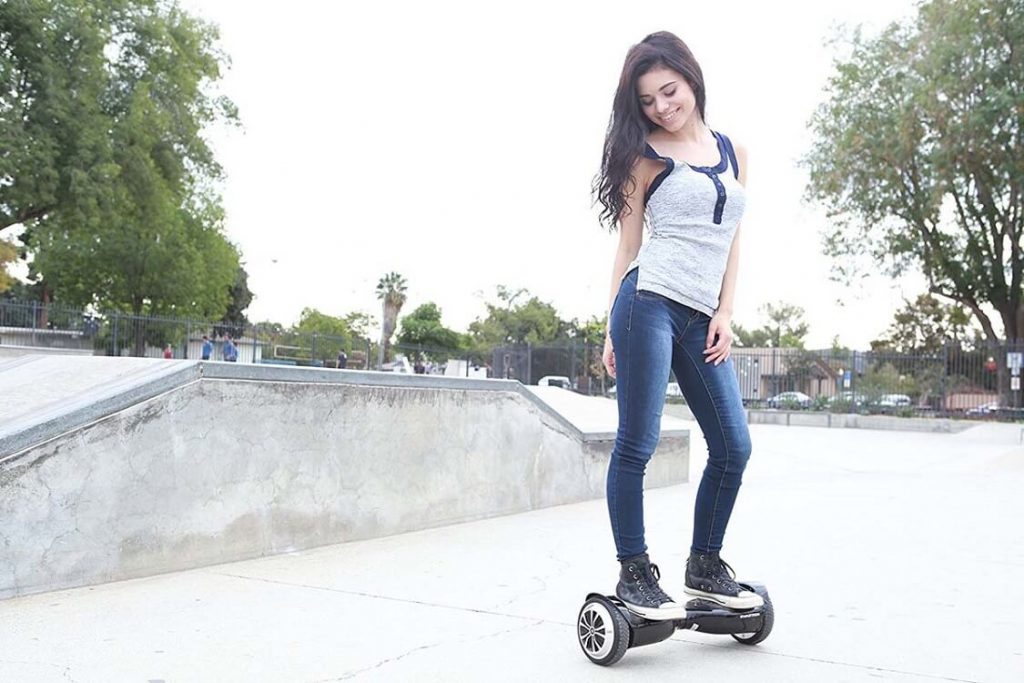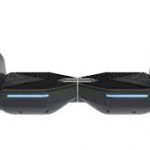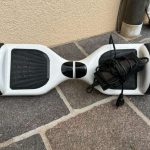Hoverboards have gained popularity as a fun and convenient mode of personal transportation. However, it is essential to understand the weight limits associated with these devices to ensure safety and optimal performance. In this article, we will explore the weight limits for hoverboards.
Hoverboard Weight Limit
Hoverboards, also known as self-balancing scooters, come with specific weight limits to ensure stability, maneuverability, and user safety. These limits vary depending on the make and model of the hoverboard, as well as other factors such as the size of the wheels and the power of the motors.
The weight limits for hoverboards usually range from 220 pounds (100 kilograms) to 265 pounds (120 kilograms). These limits are typically specified by the manufacturer and can be found in the product manual or on the manufacturer’s website. It is crucial to adhere to these limits as exceeding them may compromise the stability and performance of the hoverboard.
Exceeding the weight limit may lead to decreased battery life, reduced speed, and increased strain on the motors and other components. It can also affect the self-balancing feature, potentially leading to a loss of control while riding.
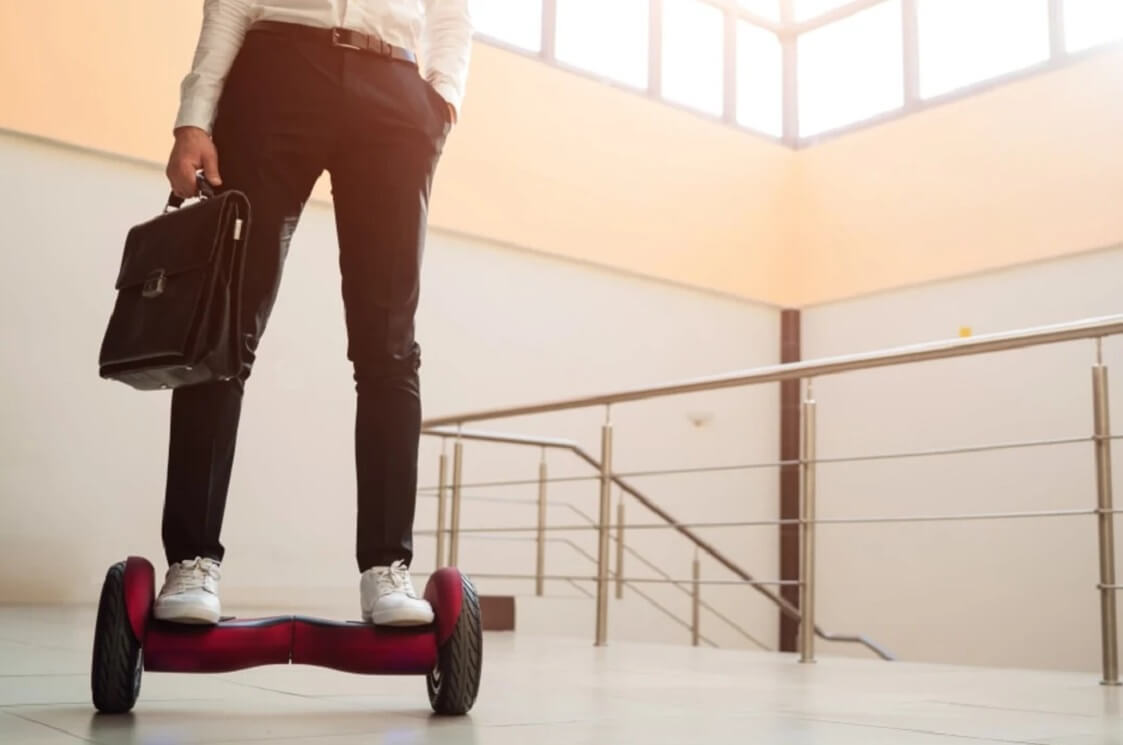
It is crucial to check the specifications of the hoverboard you intend to purchase to determine its specific weight capacity. Hoverboards rely on precise weight distribution for proper balance, and exceeding the recommended weight limit can compromise this balance, leading to accidents and potential injuries.
How Do You Know The Weight Limit of the Hoverboard?
Determining the weight limit of a hoverboard is crucial to ensure safe and optimal usage. Here are some guidelines to help you determine the weight limit of a hoverboard:
- Manufacturer’s Specifications: The first and most reliable source of information regarding the weight limit of a hoverboard is the manufacturer. The weight limit is typically provided in the product manual or on the manufacturer’s website. Look for the specific model of the hoverboard you own or intend to purchase and find the weight limit mentioned by the manufacturer.
- Online Resources: In addition to the manufacturer’s information, you can find helpful resources online. Various websites, forums, and review platforms provide insights into hoverboard weight limits based on user experiences and expert opinions. However, it is essential to ensure that you rely on reputable sources for accurate and reliable information.
- Customer Support: If you are uncertain about the weight limit of a hoverboard, reaching out to the manufacturer’s customer support can provide clarity. They can answer specific questions about the weight capacity and offer guidance based on the model you own or are interested in.
- User Experiences and Reviews: Reading customer reviews and testimonials can also give you a general idea of the weight limit for a particular hoverboard model. Many users mention their weight and provide feedback on how the hoverboard performed for them. While this information should be taken as anecdotal and not absolute, it can help you gauge the capabilities of the hoverboard.
- Physical Examination: Certain physical characteristics of a hoverboard can indicate its weight limit. For instance, larger hoverboards with wider foot pads and thicker frames are often designed to accommodate higher weight capacities. Conversely, smaller and lighter hoverboards are likely to have lower weight limits.
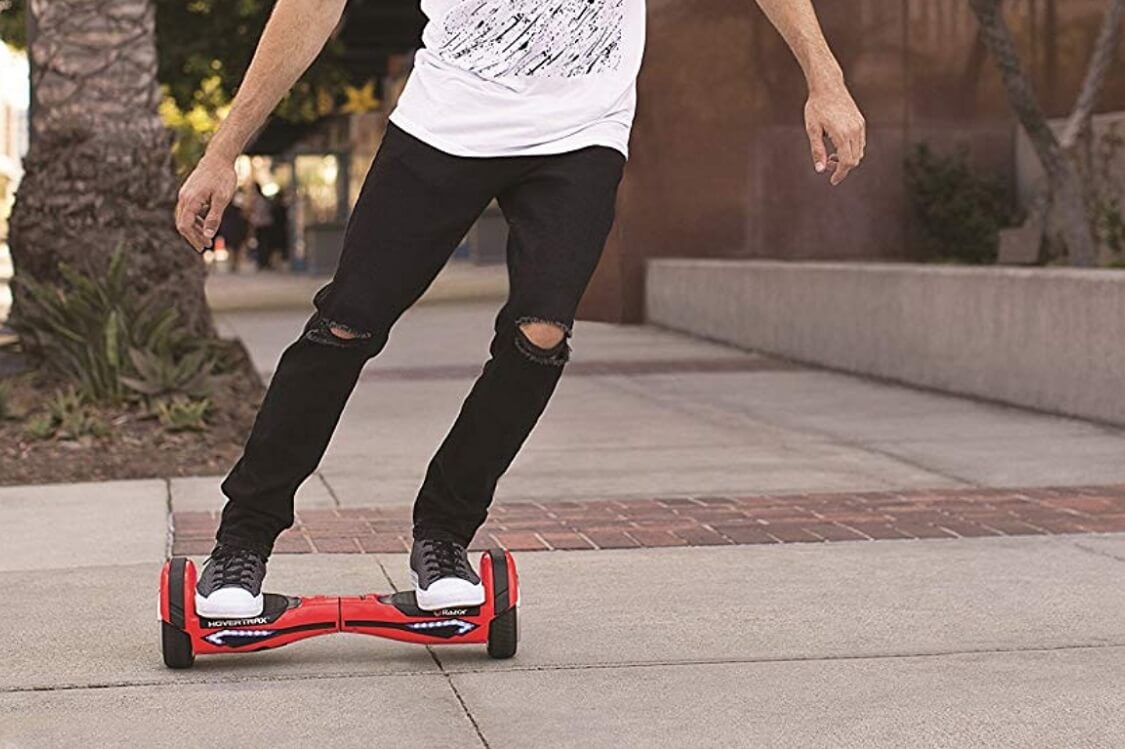
| Guidelines | Description |
|---|---|
| 1. Manufacturer’s Specifications | Check the product manual or the manufacturer’s website for the specific weight limit of the hoverboard model. This is the most reliable source of information. |
| 2. Online Resources | Consult reputable websites, forums, and review platforms to gather insights and user experiences regarding hoverboard weight limits. |
| 3. Customer Support | Contact the manufacturer’s customer support to obtain accurate and personalized information about the weight limit of a particular hoverboard model. |
| 4. User Experiences and Reviews | Read customer reviews and testimonials to get an idea of how the hoverboard performs with different weight capacities. Note that these experiences may vary and should be considered as anecdotal information. |
| 5. Physical Examination | Assess the hoverboard’s physical characteristics such as size, foot pad width, and frame strength. Generally, larger hoverboards with wider foot pads and sturdy frames tend to accommodate higher weight capacities. Conversely, smaller and lighter hoverboards may have lower weight limits. |
By considering these guidelines, you can gather comprehensive information about the weight limit of a hoverboard, ensuring a safe and suitable riding experience.
It is important to note that exceeding the weight limit specified by the manufacturer can compromise the performance, stability, and safety of the hoverboard. Excessive weight may strain the motors, reduce battery life, affect maneuverability, and even lead to loss of control. To ensure your safety and the longevity of the hoverboard, it is best to adhere to the weight limit provided by the manufacturer.
Always consult the manufacturer’s guidelines and take into consideration the specific terrain, battery life, and other factors that may affect the hoverboard’s performance when determining the weight limit. Prioritizing safety and following the recommended weight limit will ensure an enjoyable and safe riding experience.
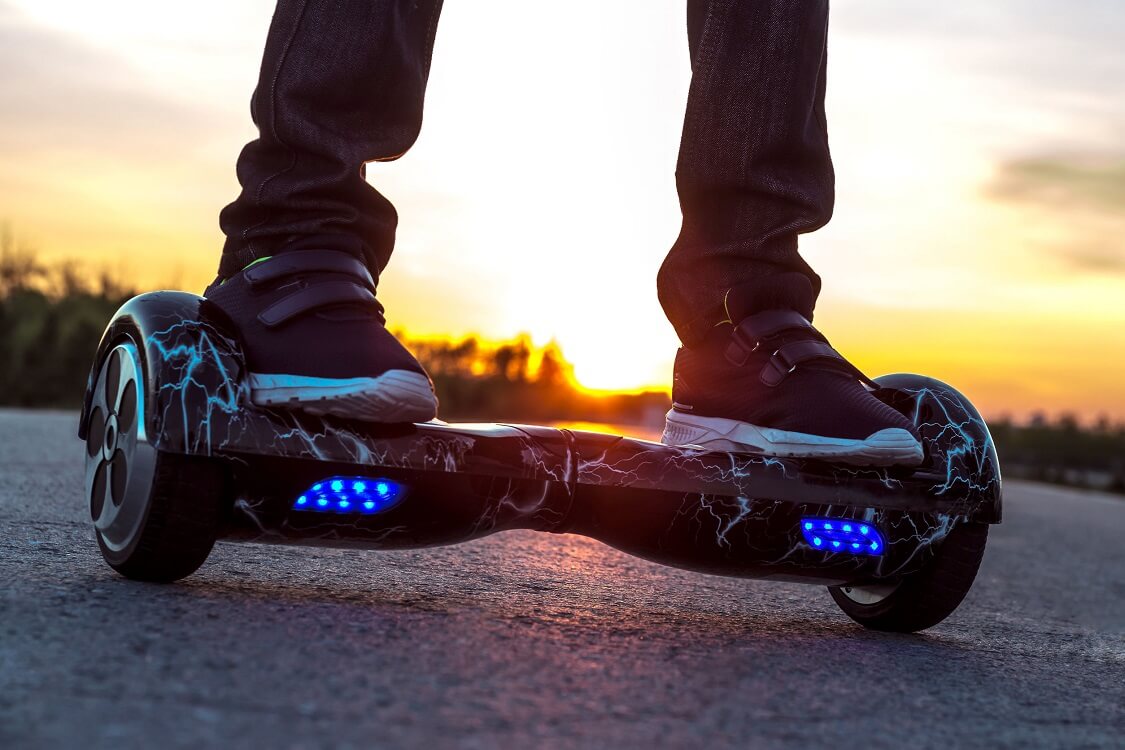
Considering Essential Factors for Choosing a Hoverboard
When it comes to selecting a hoverboard, several essential factors need to be considered to ensure a suitable and safe choice. Understanding these factors will help you determine the weight capacity and overall performance of the hoverboard. Let’s explore these factors in detail:
- Construction Quality: The construction quality of the hoverboard is a crucial factor that directly influences its weight limit. High-quality materials, robust frames, and durable components contribute to a higher weight capacity. Prioritize hoverboards manufactured by reputable brands known for their attention to quality and safety.
- Targeted User Age Group: It’s essential to consider the intended age group for the hoverboard. If the hoverboard is marketed for kids or young teens, it may not be designed to accommodate the weight of an adult rider. Avoid using hoverboards that are specifically designed for children as they may not safely support the weight of an adult.
- Wheel Size and Type: The size and type of wheels play a significant role in determining the weight capacity of a hoverboard. Generally, larger wheels are better equipped to handle more weight. All-terrain hoverboards often feature sturdy tires, allowing for a higher weight capacity. However, it’s important to note that there may be exceptions to this rule, so it’s recommended to conduct thorough research specific to the hoverboard you are considering.
- Hoverboard Dimensions: The size of the hoverboard can provide a general indication of its weight capacity. While there is no universal standard, as a general rule, larger hoverboards tend to have a higher weight limit. Pay attention to the dimensions and weight restrictions provided by the manufacturer to ensure the hoverboard can adequately support your weight.
| Factors | Description |
|---|---|
| 1. Construction Quality | Consider the overall build quality, including materials used, frame strength, and component durability. High-quality construction contributes to a higher weight capacity and overall safety. |
| 2. Targeted User Age Group | Determine if the hoverboard is suitable for the intended age group. Avoid using hoverboards designed for children if you are an adult, as they may not safely support your weight. |
| 3. Wheel Size and Type | Larger wheels generally indicate a higher weight capacity. All-terrain hoverboards with sturdy tires often have better weight limits. Research specific models to understand their wheel capacity. |
| 4. Hoverboard Dimensions | Consider the size and dimensions of the hoverboard. While not a definitive indicator, larger hoverboards tend to have higher weight limits. Pay attention to manufacturer-provided weight restrictions. |
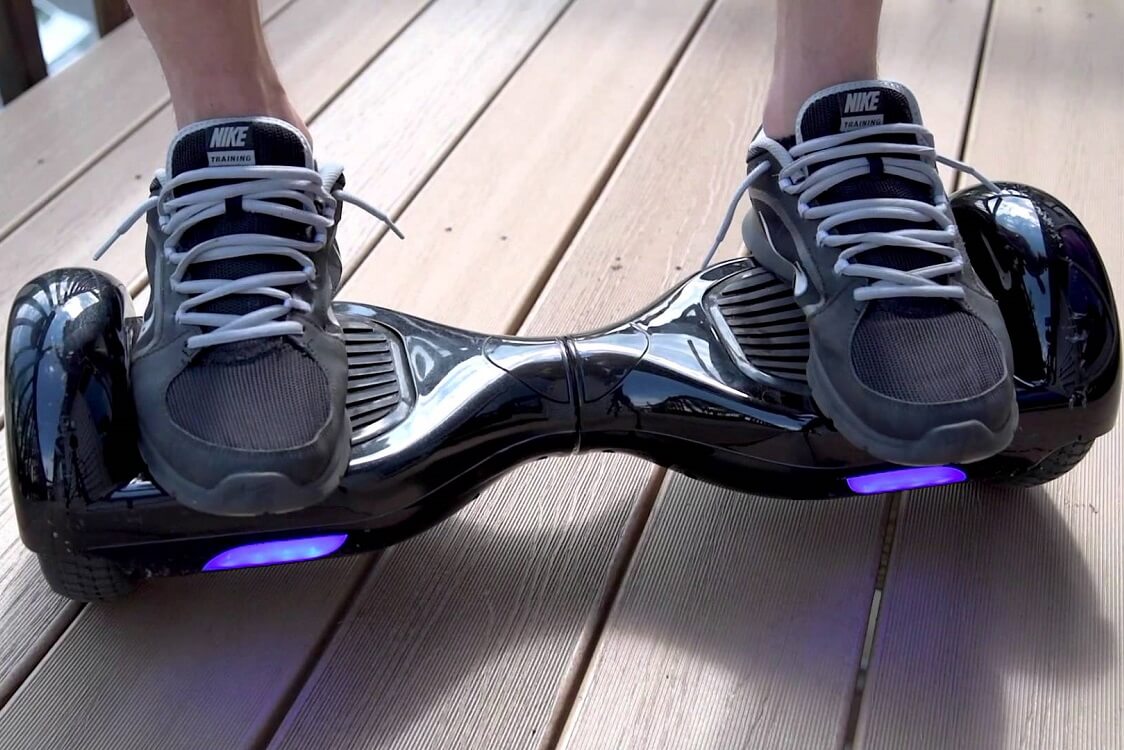
By considering these essential factors, you can make an informed decision when selecting a hoverboard that aligns with your weight requirements and ensures a safe and enjoyable riding experience.
It is worth noting that the weight limit provided by the manufacturer is a critical guideline to follow. Exceeding the weight limit can compromise the stability, performance, and safety of the hoverboard, leading to accidents and potential damage.
By considering factors such as construction quality, target age group, wheel size and type, and hoverboard dimensions, you can make an informed decision when selecting a hoverboard that suits your weight requirements and ensures an enjoyable and safe riding experience.
The Consequences of Ignoring Weight Limits
Neglecting weight limits when using a hoverboard can lead to various negative outcomes, ranging from personal injuries to equipment damage. Here are the potential consequences of not abiding by weight limits:
- Increased Risk of Personal Injury: Hoverboards can be particularly dangerous when used by individuals who exceed the recommended weight limits. If you are significantly heavier than the weight capacity specified for your hoverboard, it can lead to machine malfunctions and compromised performance. This, in turn, increases the risk of accidents and injuries. Serious injuries such as contusions, concussions, and broken bones have been reported as a result of improper usage of hoverboards.
- Potential Damage to the Hoverboard: Exceeding the weight limit can also cause significant damage to your hoverboard. The excessive weight may put excessive strain on the wheels, causing them to deflate or wear out quickly. Additionally, when riding over rough terrain, the hoverboard may be prone to cracking or breaking down the middle. Furthermore, there have been instances of certain hoverboard models spontaneously combusting, which further highlights the importance of adhering to weight limits to avoid such risks.
- Decreased Performance and Battery Life: Even if you manage to avoid immediate accidents or damage, using a hoverboard beyond its weight limit can result in decreased performance and reduced battery life. The hoverboard may not run as smoothly or efficiently as intended, affecting its overall performance. This can impact your riding experience and limit the distance you can travel on a single charge.
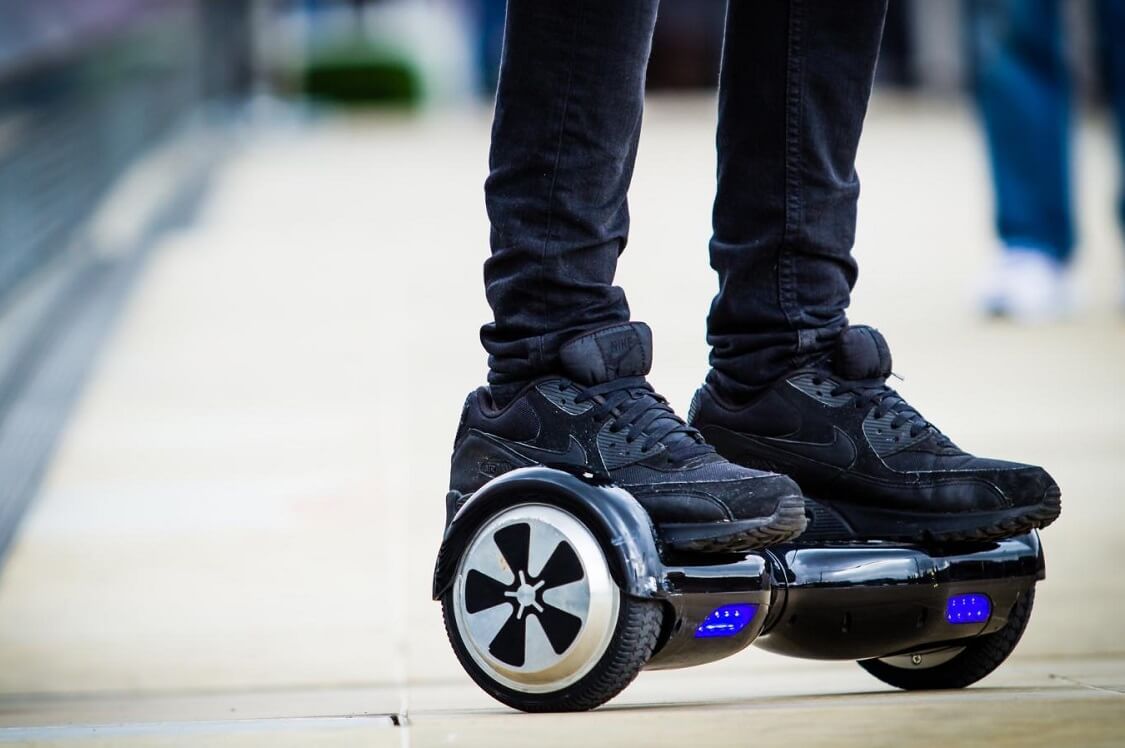
To ensure the safety and longevity of your hoverboard, it is crucial to respect the weight limits provided by the manufacturer. By staying within the recommended weight range, you can enjoy a safer and more reliable riding experience while minimizing the risks of personal injury, equipment damage, and compromised performance.
Conclusion
In conclusion, adhering to weight limits is of paramount importance when it comes to using a hoverboard. Failure to abide by these limits can have serious consequences, including personal injuries, damage to the hoverboard, and decreased performance. By respecting the weight limits set by the manufacturer, riders can ensure their safety, prolong the lifespan of their hoverboards, and enjoy an optimal riding experience. Prioritizing safety and following the recommended weight limits are essential steps toward making hoverboard usage both enjoyable and risk-free.
How Much Weight Can a Hoverboard Hold Video Review
FAQ
Q: What is the weight limit on a hoverboard?
A: The weight limit on a hoverboard varies depending on the model and manufacturer. It is important to consult the product manual or the manufacturer’s website for the specific weight limit of your hoverboard.
Q: Can I exceed the weight limit on a hoverboard?
A: It is strongly recommended to abide by the weight limit specified by the manufacturer. Exceeding the weight limit can compromise the stability, performance, and safety of the hoverboard, increasing the risk of accidents and potential damage.
Q: What happens if I exceed the weight limit on a hoverboard?
A: Exceeding the weight limit on a hoverboard can lead to various negative outcomes. It may cause the hoverboard to malfunction, decrease its performance, and increase the risk of personal injury. Additionally, it can result in damage to the hoverboard’s components, such as wheels and frames.
Q: Are there hoverboards designed for heavier riders?
A: Yes, some hoverboards are specifically designed to accommodate heavier riders. These models usually have higher weight capacities and are built with sturdier frames and components. It is advisable to check with the manufacturer or research hoverboards that are suitable for heavier individuals.
Q: How can I determine if a hoverboard is suitable for my weight?
A: To determine if a hoverboard is suitable for your weight, refer to the manufacturer’s guidelines and specifications. Consider factors such as the weight limit, construction quality, and wheel size. It is essential to choose a hoverboard that can comfortably support your weight without exceeding its recommended capacity.
Q: Can the weight limit of a hoverboard be increased or modified?
A: No, the weight limit of a hoverboard is determined by the manufacturer based on various factors, including design, materials, and safety considerations. It is not recommended to modify or alter the weight limit as it may compromise the performance and safety of the hoverboard.
Q: Can the weight limit on a hoverboard be increased with modifications or adjustments?
A: No, attempting to increase the weight limit of a hoverboard through modifications or adjustments is not recommended. The weight limit is determined by various factors, including the structural integrity and components of the hoverboard. Altering these factors can compromise the safety and performance of the hoverboard, leading to potential accidents or damage.
Q: Is it necessary to consider the weight of additional items, such as backpacks or bags, when calculating the total weight on a hoverboard?
A: Yes, it is important to consider the weight of any additional items or accessories you carry while riding a hoverboard. The weight limit typically refers to the combined weight of the rider and any additional load. Adding extra weight beyond the specified limit can affect the hoverboard’s performance and stability.
Q: Can riding a hoverboard under the weight limit improve its longevity and durability?
A: Yes, staying within the recommended weight limit can help improve the longevity and durability of a hoverboard. Excessive weight can put a strain on the hoverboard’s components, potentially causing premature wear and damage. By using the hoverboard within the specified weight range, you can help ensure its optimal performance and extend its lifespan.
